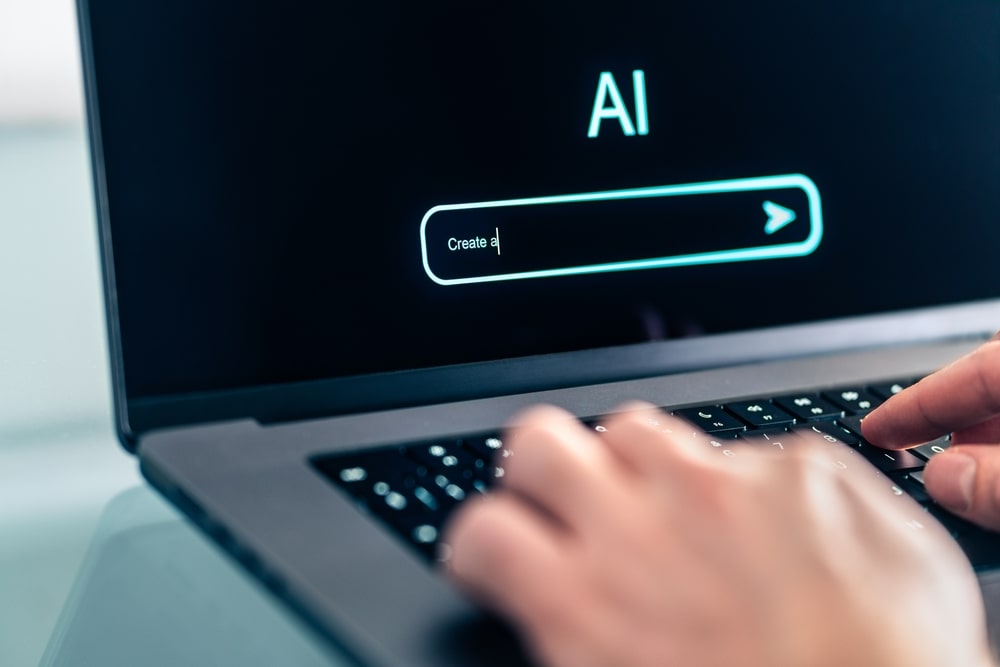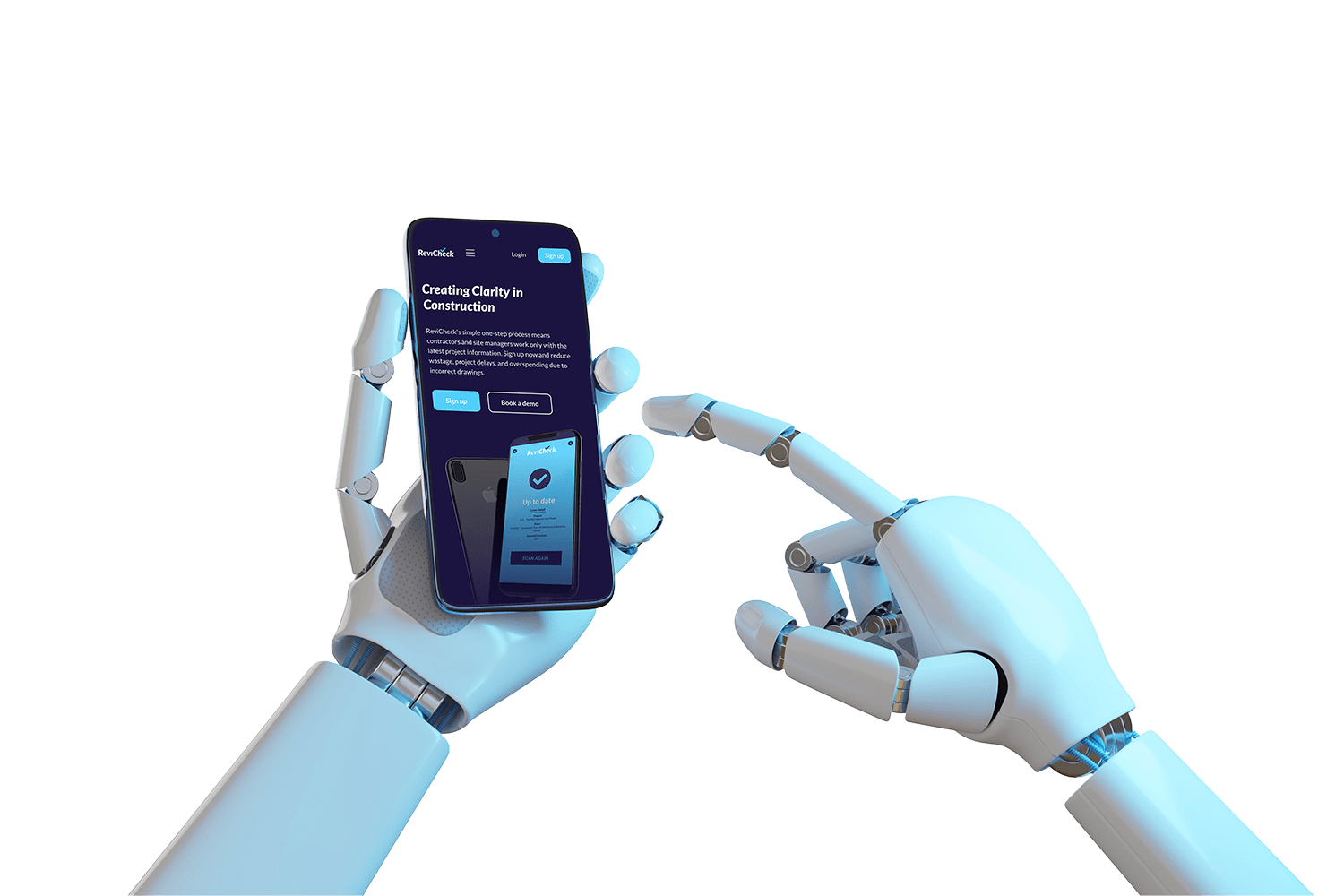In an era where cyber threats loom large and digital assets are constantly under siege, artificial intelligence (AI) has emerged as a powerful ally in the realm of cybersecurity. The application of AI in safeguarding websites represents a paradigm shift, offering dynamic and proactive defence mechanisms against an ever-evolving landscape of cyber threats. Let’s delve into how AI is playing a pivotal role in fortifying the digital ramparts and ensuring the resilience of websites.
The History of Cybersecurity
The history of cybersecurity is a compelling journey marked by technological advancements, evolving threats, and the constant pursuit of safeguarding digital assets. From the early days of computer networks to the present era of sophisticated cyber attacks, the history of cybersecurity is a testament to the ongoing battle between defenders and adversaries in the digital realm.
Early Beginnings (1960s-1970s)
The roots of cybersecurity in the United Kingdom can be traced back to the 1970s when computers were first becoming integral to government, military, and commercial operations. The emergence of computer networks and the interconnectedness of systems introduced new vulnerabilities. In response, the UK government established the Government Communications Headquarters (GCHQ) to address signals intelligence, including the interception and analysis of communications that could pose security risks.
During the 1980s, the widespread use of personal computers brought about new challenges. The Computer Misuse Act of 1990, one of the first legislative measures in the world to address computer-related offenses, was enacted in the UK. This legislation laid the groundwork for prosecuting unauthorised access to computer systems, unauthorised modification of data, and other cybercrimes.
Birth of the Internet (1980s-1990s)
The advent of the internet in the 1990s marked a transformative period for the global cybersecurity landscape. The UK, like other nations, faced new challenges with the rise of online connectivity. Cyber threats evolved from early instances of computer viruses to more sophisticated forms of malware and cyber attacks.
The interconnected nature of systems opened up new possibilities but also introduced vulnerabilities. The Morris Worm of 1988, one of the earliest instances of a computer worm spreading across the internet, served as a wake-up call to the nascent cybersecurity community.

Rise of Malware and Hacking (1990s-2000s)
The 1990s witnessed a surge in malicious activities with the proliferation of viruses, worms, and other forms of malware. Notorious incidents like the Melissa virus and the ILOVEYOU worm highlighted the destructive potential of cyber threats.
The term “hacktivism” emerged as individuals and groups began using hacking techniques to advance political or social agendas. The notorious hacking group Lizard Squad, which gained notoriety in the 2000s, exemplified the intersection of cyber threats and geopolitical motives.
In the early 2000s, the National Hi-Tech Crime Unit (NHTCU) was established as a specialized unit within the National Crime Squad to address cybercrime. This marked a concerted effort to tackle the emerging challenges posed by cyber threats, recognising the need for dedicated expertise and resources in the rapidly evolving digital landscape.
Strategic Initiatives and Collaboration (2010s-Present)
The 2010s witnessed a significant shift in the UK’s approach to cybersecurity. The National Cyber Security Strategy, launched in 2011, outlined a comprehensive plan to enhance the country’s cyber resilience. Key elements included increased investment in cybersecurity capabilities, the establishment of the National Cyber Security Centre (NCSC), and collaborative efforts with the private sector to strengthen defenses.
The NCSC, launched in 2016, became a central hub for cybersecurity efforts in the UK. It plays a crucial role in providing guidance, responding to cyber incidents, and fostering collaboration between government agencies, businesses, and the public. The strategy reflects a holistic understanding of cybersecurity, encompassing not only government systems but also critical infrastructure and businesses across various sectors.
National Cyber Security Centre (NCSC)
The creation of the NCSC marked a milestone in the UK’s cybersecurity landscape. As part of GCHQ, the NCSC operates as a unified cybersecurity authority, providing expert guidance, threat intelligence, and incident response capabilities. It actively collaborates with businesses and organisations, offering resources and support to enhance their cyber resilience.
The NCSC’s Cyber Aware initiative, launched in 2016, aims to educate the public and businesses about basic cybersecurity practices, promoting a safer online environment. The initiative emphasizes the importance of using strong passwords, updating software regularly, and being vigilant against phishing attempts.
Evolution of Cybersecurity Technologies (2010s-Present)
The response to escalating cyber threats led to rapid advancements in cybersecurity technologies. Machine learning and artificial intelligence became integral to threat detection and response, enabling security systems to adapt and identify new and sophisticated attack vectors.
The widespread adoption of encryption technologies and the development of blockchain for secure transactions further contributed to the evolving cybersecurity landscape. However, as defensive technologies advanced, cybercriminals also became more sophisticated, leading to a perpetual cat-and-mouse game in cyberspace.

Current Challenges and Future Outlook
In the contemporary digital age, cybersecurity faces numerous challenges, including the growing complexity of threats, the increasing attack surface due to the proliferation of IoT devices, and the inherent vulnerabilities of emerging technologies like quantum computing. As we navigate the complexities of an interconnected world, the future of cybersecurity will undoubtedly be shaped by the ongoing collaboration between governments, businesses, and individuals to fortify the defences against evolving cyber threats.
The history of cybersecurity reflects the perpetual evolution of strategies and technologies to protect the digital realm. From the early days of interconnected computers to the present era of sophisticated cyber threats, the journey has been marked by milestones, lessons learned, and the ongoing pursuit of securing our digital future. As technology continues to advance, the need for robust cybersecurity measures remains paramount in safeguarding our interconnected world from the ever-present challenges of the digital age.
The Role of AI in Safeguarding Websites
artificial intelligence (AI) has emerged as a powerful ally in the realm of cybersecurity. The application of AI in safeguarding websites represents a paradigm shift, offering dynamic and proactive defence mechanisms against an ever-evolving landscape of cyber threats. Let’s delve into how AI is playing a pivotal role in fortifying the digital ramparts and ensuring the resilience of websites.
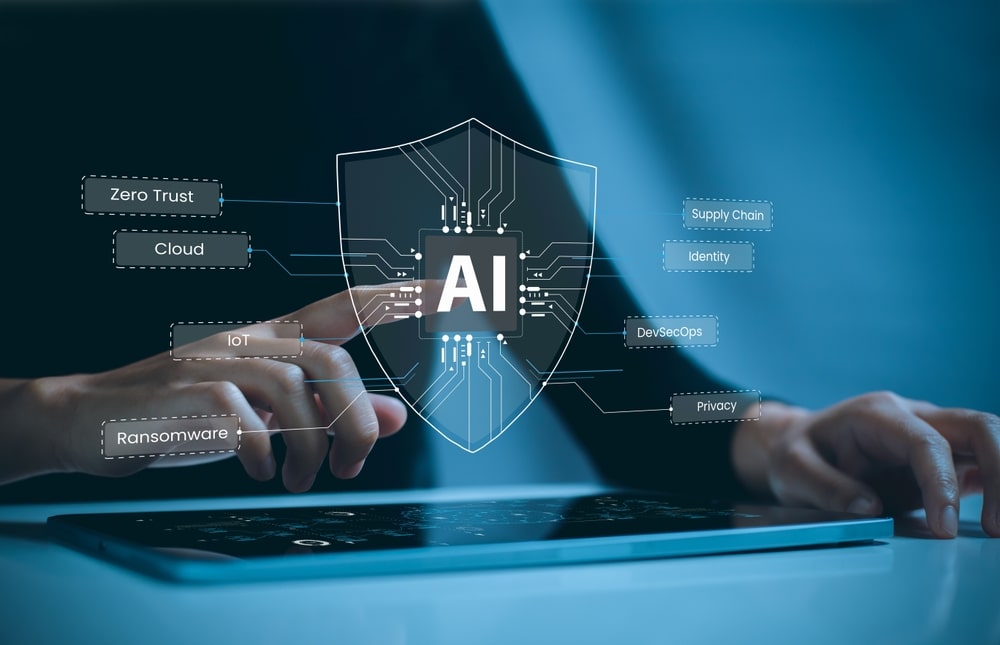
1. Advanced Threat Detection
AI algorithms excel at detecting patterns and anomalies within vast datasets, making them invaluable for identifying potential security threats. In cybersecurity, AI-driven threat detection goes beyond traditional signature-based methods. Machine learning models can analyse network traffic, user behavior, and system activities to detect unusual patterns indicative of a cyber attack. This advanced threat detection capability enables websites to identify and respond to emerging threats in real-time.
2. Behavioural Analysis and Anomaly Detection
AI in cybersecurity leverages behavioural analysis to understand the typical patterns of users and systems. By establishing a baseline of normal behaviour, AI algorithms can quickly identify anomalies or deviations that may indicate malicious activities. For websites, this means a proactive defence mechanism that can recognize abnormal user interactions, unauthorised access attempts, or suspicious patterns in data traffic, allowing for swift intervention before a potential breach occurs.
3. Dynamic Malware Detection and Prevention
Malware is a persistent threat to websites, capable of causing significant damage. AI-driven cybersecurity solutions employ dynamic malware detection techniques that can identify new and previously unknown malware strains. Through heuristic analysis and behavioural modelling, AI algorithms can recognise the tell-tale signs of malicious code or activities, providing an additional layer of defence against evolving malware threats.
4. Automated Incident Response
Rapid response is critical in cybersecurity. AI facilitates automated incident response by enabling systems to react swiftly to identified threats. Whether it’s isolating affected components, blocking malicious IP addresses, or initiating predefined security protocols, AI-driven automation enhances the efficiency of incident response mechanisms. This not only reduces the response time but also minimises the potential impact of a security incident on the website.
5. Adaptive Authentication and Access Control
Authentication is a cornerstone of website security, and AI brings a new level of sophistication to this process. Adaptive authentication utilises AI to continuously assess user behavior, context, and risk factors to determine the appropriate level of access. This ensures that access controls dynamically adapt based on the evolving threat landscape and the specific behavior of individual users, enhancing security without compromising user experience.
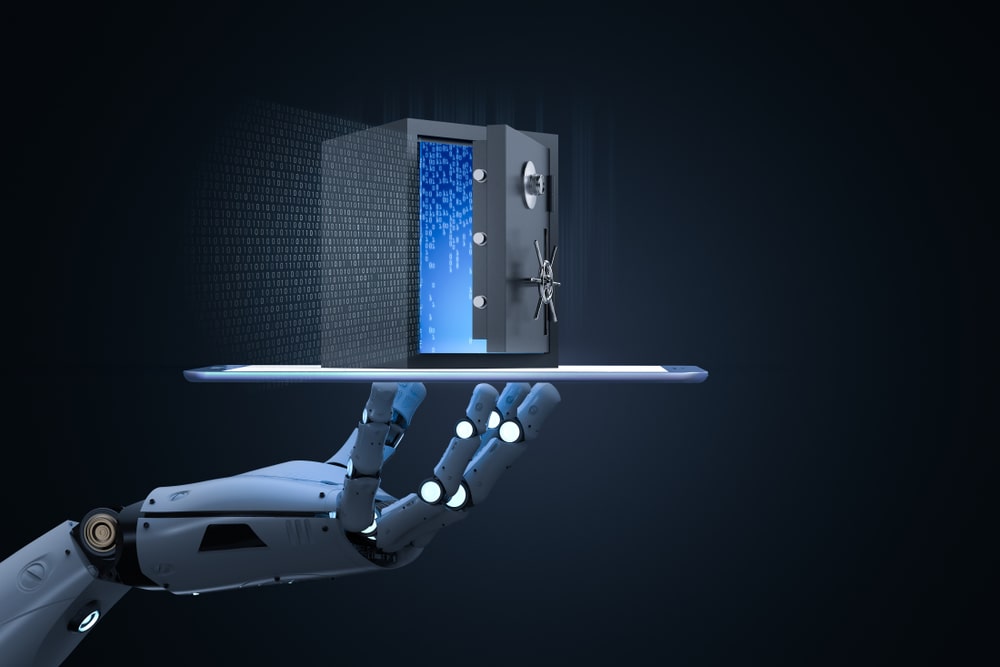
6. Fraud Prevention and Phishing Detection
AI-driven models excel at identifying fraudulent activities and phishing attempts. By analysing patterns in communication, content, and user interactions, AI can recognise phishing schemes and block malicious domains in real-time. This is particularly crucial for websites that handle sensitive user data or financial transactions, as it adds an extra layer of protection against social engineering attacks.
7. Vulnerability Assessment and Patch Management
AI streamlines the process of identifying vulnerabilities within a website’s infrastructure. Through automated scanning and analysis, AI tools can assess potential weaknesses and prioritise the application of security patches. This proactive approach reduces the window of exposure to known vulnerabilities, ensuring that websites remain resilient against common exploits.
8. User and Entity Behavior Analytics (UEBA)
UEBA leverages AI to create behavioural profiles for both users and entities within the network. By continuously monitoring these profiles, AI algorithms can detect deviations from established norms. In the context of website security, UEBA can identify compromised user accounts, insider threats, or anomalous activities that may indicate a security breach.
9. Continuous Learning and Adaptation
One of the inherent strengths of AI is its ability to learn and adapt continuously. In cybersecurity, this means that AI models evolve alongside emerging threats. As new attack vectors and techniques emerge, AI algorithms learn from these patterns and enhance their ability to detect and mitigate future threats. This adaptability ensures that websites are equipped with defences that evolve in tandem with the rapidly changing cybersecurity landscape.
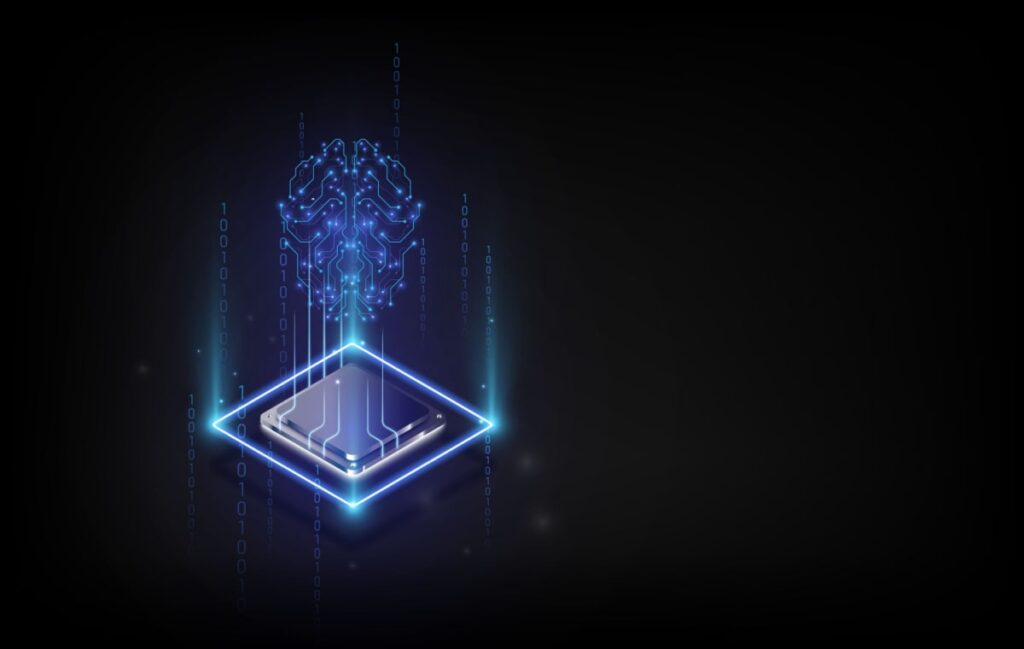
10. Reducing False Positives and Enhancing Efficiency
AI in cybersecurity is instrumental in reducing false positives, a common challenge in traditional security systems. By fine-tuning algorithms based on continuous learning, AI minimises the occurrence of false alarms, allowing security teams to focus on genuine threats. This not only enhances the efficiency of security operations but also prevents unnecessary disruptions to website functionality.
AI’s integration into cybersecurity has ushered in a new era of proactive and adaptive defence mechanisms, particularly crucial in safeguarding websites from an array of sophisticated threats. From advanced threat detection to dynamic malware prevention and continuous learning, AI empowers websites to stay resilient in the face of an ever-evolving threat landscape. As cyber threats become more sophisticated, the role of AI in website security will continue to expand, ensuring that digital assets remain protected in the complex and dynamic world of digital.
Challenges Faced by AI in Safeguarding Websites
As artificial intelligence (AI) increasingly becomes a linchpin in the defence against cyber threats, it is not without its share of challenges. While AI presents a formidable arsenal in the cybersecurity landscape, the dynamic and sophisticated nature of cyber threats poses hurdles that demand continuous innovation and adaptation. Let’s explore some of the challenges faced by AI in its mission to safeguard websites from an evolving array of digital threats.
1. Evolving Threat Landscape
The very nature of cyber threats is fluid and adaptive. Malicious actors continuously refine their tactics, techniques, and procedures to bypass security measures. This rapid evolution creates a challenge for AI systems, which must stay ahead of emerging threats. Ensuring that AI models can effectively recognise and respond to new attack vectors is an ongoing battle.
2. Adversarial Attacks
Adversarial attacks involve manipulating input data to deceive AI systems, leading to incorrect or unexpected outcomes. In cybersecurity, this could involve crafting malicious code or inputs specifically designed to evade detection by AI-driven security solutions. Developing AI models that are resilient to adversarial attacks requires constant refinement and testing to anticipate and counteract sophisticated evasion techniques.
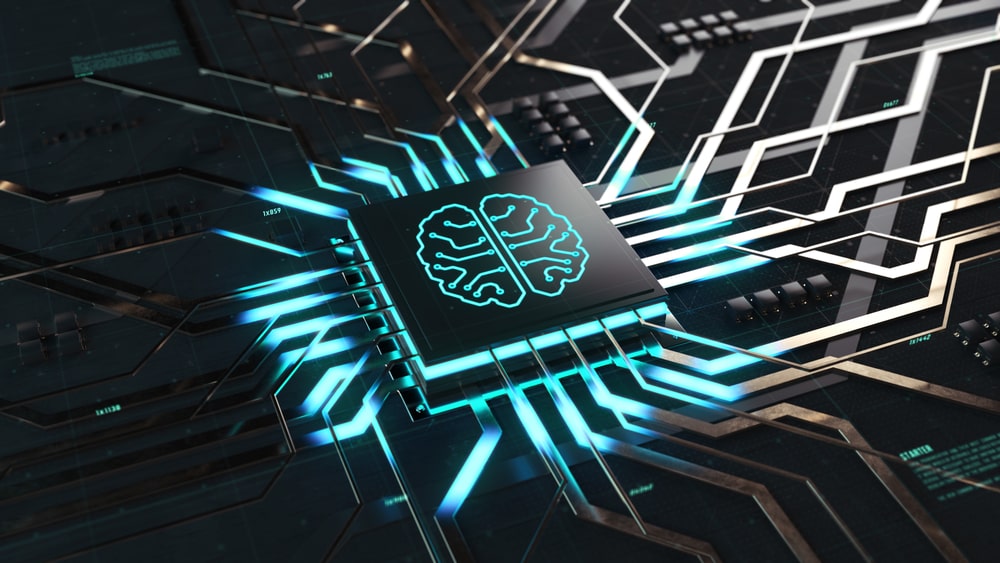
3. Lack of Comprehensive Datasets
AI models heavily rely on large and diverse datasets for training. In the realm of cybersecurity, obtaining comprehensive datasets that accurately represent the evolving landscape of cyber threats is a considerable challenge. The scarcity of high-quality, real-world datasets can limit the effectiveness of AI models, particularly in recognising novel or sophisticated attack patterns.
4. Interpretability and Explainability
The opacity of certain AI models, especially deep learning models, poses challenges in terms of interpretability and explainability. In cybersecurity, understanding how and why an AI system arrived at a specific decision is crucial for building trust and improving overall security. Balancing the complexity of advanced AI models with the need for transparency remains a delicate challenge.
5. Over-Reliance on Historical Data
AI models learn from historical data, which means they may be biased toward recognising threats that have been observed in the past. The over-reliance on historical data poses challenges in identifying novel threats or sophisticated variations that deviate from historical patterns. Cybersecurity threats often exhibit a degree of novelty, requiring AI systems to detect anomalies beyond historical norms.
6. Resource Intensiveness
Implementing and maintaining robust AI-powered cybersecurity solutions can be resource-intensive. The computational power required for training sophisticated AI models, coupled with the need for continuous updates and monitoring, can strain resources. Smaller organisations with limited budgets may find it challenging to deploy and sustain advanced AI-driven security measures effectively.
7. Integration Complexity
Integrating AI solutions into existing cybersecurity infrastructure can be complex. Legacy systems may lack the necessary interfaces and compatibility to seamlessly incorporate AI technologies. Achieving a smooth integration while maintaining operational continuity poses a challenge for organisations seeking to leverage AI in their cybersecurity strategies.
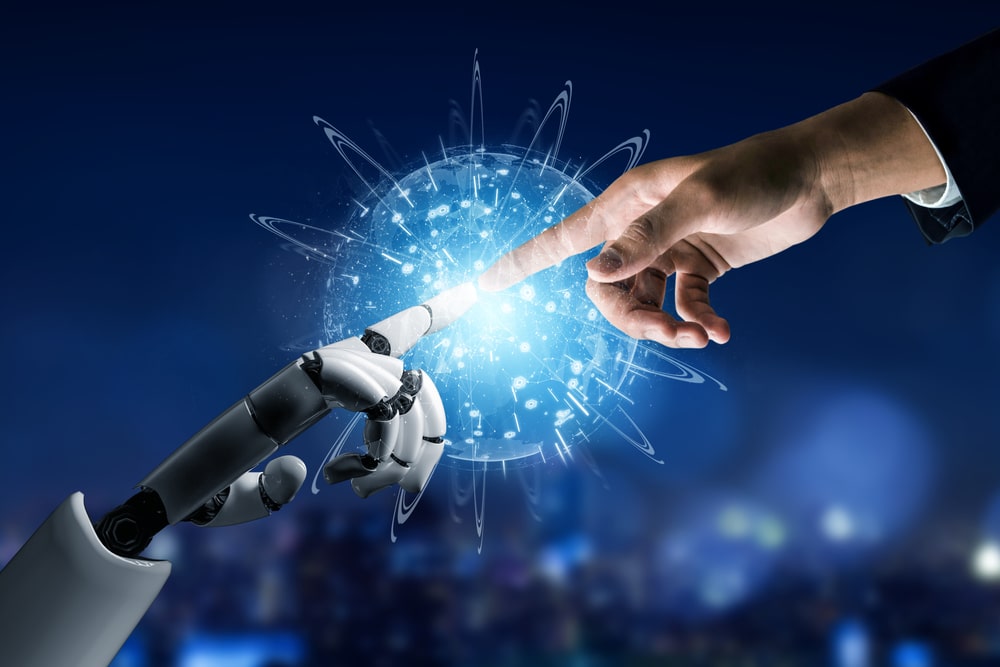
8. False Positives and Negatives
AI systems, particularly those based on machine learning, are susceptible to false positives and negatives. False positives occur when a benign activity is incorrectly identified as malicious, leading to unnecessary alarms. False negatives, on the other hand, involve the failure to detect actual threats. Striking a balance between minimising false positives and negatives is an ongoing challenge in the optimisation of AI-driven cybersecurity solutions.
9. Limited Understanding of Context
AI models may struggle to contextualise information effectively. Understanding the broader context of user behaviour, system activities, or network traffic is critical in distinguishing between normal and malicious activities. Improving the contextual awareness of AI systems remains a challenge to ensure accurate threat assessments and minimise the risk of false alarms.
10. Regulatory and Ethical Considerations
The deployment of AI in cybersecurity raises regulatory and ethical considerations. Ensuring compliance with data protection regulations, addressing privacy concerns, and navigating ethical considerations related to the use of AI in surveillance or threat detection require careful consideration. Striking a balance between effective cybersecurity measures and ethical use of AI is an ongoing challenge for organisations and policymakers.
In summary
From advanced threat detection to real-time incident response and adaptive authentication, AI’s capabilities are instrumental in enhancing the overall resilience of digital platforms. As the digital landscape continues to evolve, the relationship between AI and cybersecurity is poised to play a crucial role in safeguarding websites and ensuring a secure digital future.
While AI has emerged as a powerful ally in the cybersecurity realm, it faces challenges in its mission to safeguard websites from ever-evolving threats. From the dynamic nature of the threat landscape to the intricacies of interpretability and the resource intensiveness of implementation, addressing these challenges requires a concerted effort from the cybersecurity community.
Continuous research, innovation, and collaboration are essential to overcoming these hurdles and harnessing the full potential of AI in fortifying the digital frontier against cyber threats. As the technology evolves, organisations must remain vigilant, adaptive, and committed to refining AI-driven cybersecurity solutions in the face of emerging challenges.



